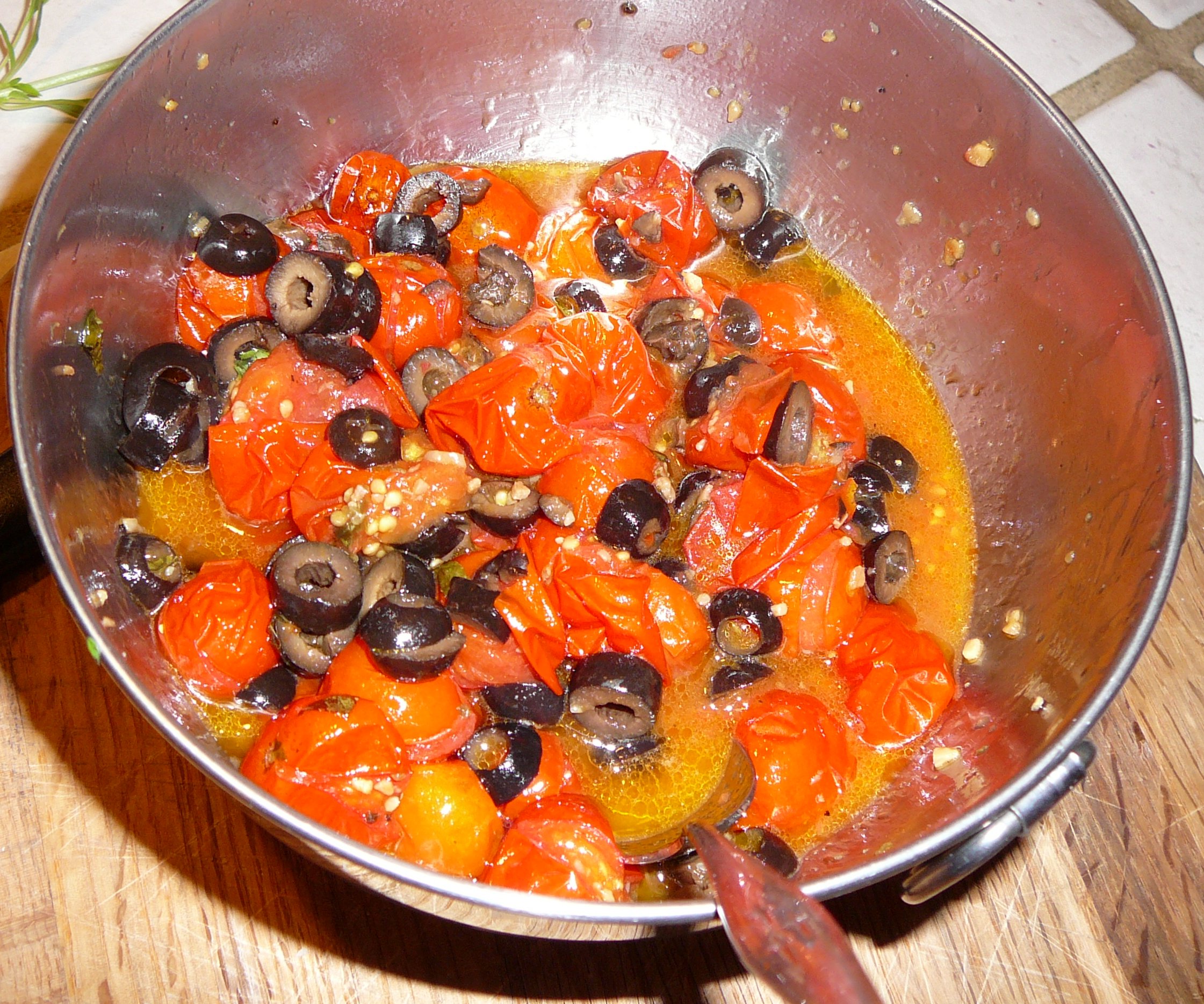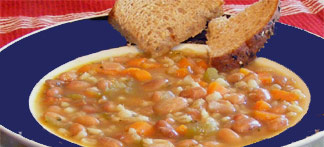Who would have ever thought that non-stick cookware would become controversial? It was approved for use in cookware in 1960, and gave cooks the option to cook with less fat. Even more exciting, the non-stick surface made cleanup a snap. And yet, for almost 20 years, there has been vigorous debate about its safety.
The culprit is a substance called perfluorooctanoic acid (PFOA), which is used in making Teflon. Manufacturers say it's safe to use in cookware – as long as the cookware is used properly. When it's not, the fumes from overheated non-stick skillets can kill birds and sicken humans with a malady called "polymer fume fever."
Teflon and PFOA Raise Health and Environmental Concerns
Teflon is actually a specific product patented by Dupont, but most people use it generically to mean any sort of non-stick cookware. The issue isn't Teflon per se, but safety of the substances used to manufacture it. PFOA is also referred to by the trade name, C-8. It's used in the manufacturing of consumer, automotive, and aerospace products.
One major manufacturer of PFOA, the 3M corporation, decided to discontinue production in 2000:
"PFOA, PFOS and PFOS-related products are man-made materials that have had many important and critical uses in our society. Examples include firefighting foams used to extinguish chemical, oil and aviation fires, critical components in military and civilian aircraft, and industrial fluids used to make computer components and other electronic devices. PFOA is also used in the manufacturing processes that create non-stick coatings for cookware. PFOS-related product uses included stain resistant treatments for carpets, fabrics and paper products.
3M began manufacturing and using this chemistry in the 1950’s for various products including some sold under the Scotchgard™ brand. 3M was a principal manufacturer of PFOA and PFOS-related products until it decided to phase out the production of these compounds starting in 2000. Other companies around the world continue to manufacture PFOA and PFOS, and some companies manufacture similar materials that are believed to break down in the environment to PFOA."
In 2005, the Environmental Protection Agency announced the "largest environmental administrative penalty" in the agency's history against Dupont for:
"…multiple failures to report information to EPA about substantial risk of injury to human health or the environment that DuPont obtained about PFOA from as early as 1981 and as recently as 2004."
In early 2007, Dupont announced its plans to "eliminate the need to make, buy, or use PFOA by 2015." In 2008, the EPA announced progress on reducing the use and environmental levels:
"In November 2007, the Centers for Disease Control and Prevention reported results from their analysis of human blood levels of PFOA collected in 2003-2004 and found a 25 percent reduction from levels found in samples collected in 1999-2000. CDC attributed this decline largely to EPA's efforts on PFOA."
Scientific studies are in progress to determine if PFOA in the environment is harmful to humans – and, if so, how harmful. But it's already known that inhaling the fumes is bad. When non-stick pans are overheated, they can release PFOA and other toxic fumes that kill pet birds and sicken humans with a condition known as "polymer fume fever."
Using Teflon Safely
Over half of the pots and pans in American kitchens have a non-stick coating. In our kitchen, the stack of non-stick skillets, saucepans, baking pans, and even a waffle iron would reach almost as to the top of the refrigerator. It's pretty scary to think that something you cook healthy food in may actually be poisoning your family.
A 2006 New York Times article asked if non-stick cookware is safe to use, and concluded that it is. As with most products, you just have to use it properly!
· Don't overheat it! PFOA gas can be released if the pot is heated above 600 degrees Fahrenheit. That's easy to do if you put a pan on to heat and forget it.
· Don't use metal utensils. Even though non-stick coatings are much more durable now than 20 years ago, it's still easy to damage the coating.
· Don't submerse hot cookware in cold water. That can also damage the coating because the temperature extremes destabilize the surface.
· Replace cookware that's scratched or flaking. That probably goes without saying. Cooking with Teflon is one thing; actually eating it is entirely different!
Alternatives to Teflon Cookware
As companies phase out the use of PFOA, cookware manufacturers are beginning to market non-stick cookware that's labeled PFOA-free. Some is high-end and relatively expensive, but not all. I saw some at Target a couple of weeks ago.
Other options include:
· Glass – This is best for bakeware, because it doesn't conduct heat on the stovetop as well as some other materials.
· Enamel – This is a good, non-reactive coating that's relatively easy to clean. It's worth the extra money to buy good quality, because the enamel coating will be thicker and more durable. Once the enamel gets chipped, the metal underneath will react with your food.
· Anodized aluminum – This is a better choice than plain aluminum because it has a corrosion-resistant surface that isn't reactive and cleans up easily. Careful with dings or scratches though; they expose the underlying aluminum and let it leach into your food.
· Stainless steel – Good-quality stainless steel is the choice of many professional cooks. It's very durable. I have some stainless steel saucepans that I've used for more than 25 years.
· Cast iron – Properly cared for, cast iron cookware can acquire a coating that's almost as non-stick as Teflon. It's also durable, lasting not just decades, but generations. Learn how to care for and cook with cast iron in this previous post.
Non-stick coatings are certainly convenient and let you cook with less oil and fat. Hopefully, the new types of PFOA-free non-stick coatings will eliminate the health concerns that come with older types of non-stick pots and pans.






On behalf of DuPont, I wanted to thank you for linking to that NYTimes article as well informing your readers that Teflon is safe if used properly.
Cooks in more than 40 countries around the world have purchased and used billions of pots and pans with DuPont non-stick coatings, and
The U.S. Food and Drug Administration (FDA) has found that DuPont non-stick coatings for cookware are acceptable for conventional kitchen use.
If you are interested in any more information, or just some great recipes for yourself or your readers, take a look at http://www.teflon.com